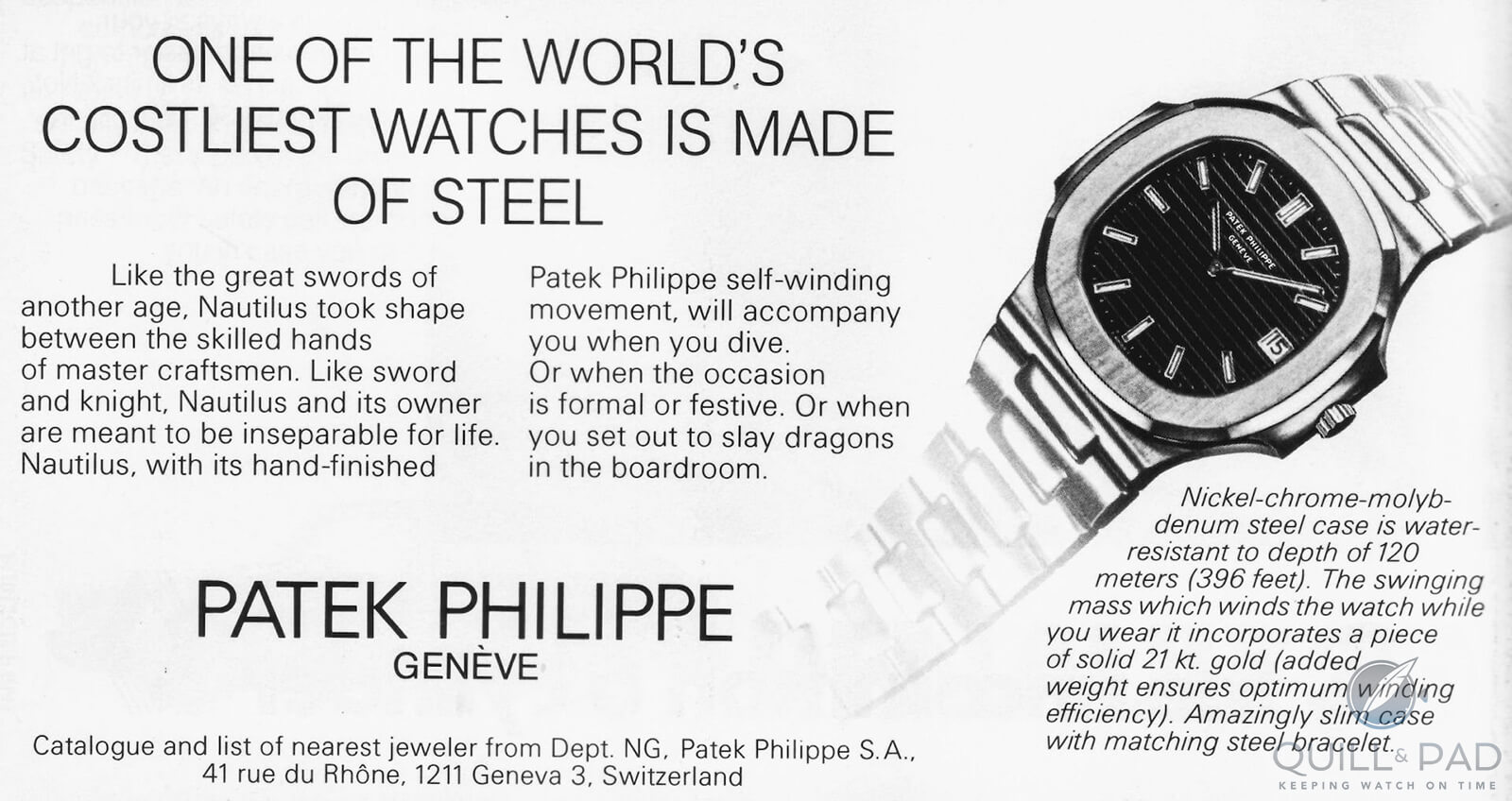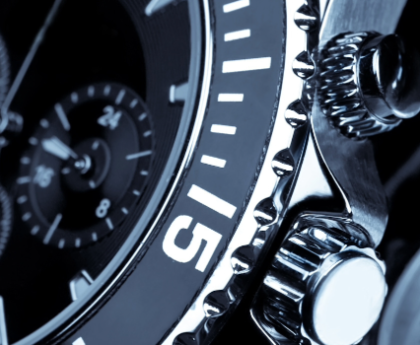—————————————————————————————————–
Stainless steel is a metal alloy mainly consisting of iron, carbon, and chromium. Even though the exact composition of each grade can vary, all stainless steel has at least 10.5% chromium, making it resistant to corrosion and staining.
Both 316L and 904L belong to the Austenitic stainless steel group. They are characterized by high levels of chromium, nickel, and in some cases, molybdenum.
Chromium is the most important element in stainless steel as the higher the concentration, the stronger the corrosion resistance. 316L is the first to consider here.
Aside from watches, the 316L alloy is found in surgical equipment as it is resistant to corrosion and acids (thanks to the addition of molybdenum) and in the food and pharmaceutical industry. Yes, I know what you are thinking – you have read “surgical steel” as a marketing tactical before.
The “L” refers to its low carbon content giving it stability at higher temperatures and better corrosion resistance. The final key to its success is that 316L is non-magnetic. Given the properties to price ratio, it makes it an ideal material for watches.

Vintage Nautilus in steel advert
904L stainless steel takes things one step further and this is the alloy that Rolex has used since 1985. It contains a higher concentration of chromium, molybdenum and nickel than 316L, and in addition, has copper, silicon and manganese.
This all results in a more corrosion-resistant, durable material that can be polished to a higher level. According to Rolex, this was the only grade of stainless steel worthy of their standard.
This comes at a cost, especially as it is a harder material to work with, and requires specialized equipment to process it. The majority of watches are produced using the 316L grade as this is more than sufficient for luxury wristwatches.
From my research, Audemars Piguet uses 316L for the Royal Oak, although there is a lack of information from the brand. You might question why then Rolex decides to go the extra step by using 904L.
This choice allows them to achieve a higher level of polish, resulting in a distinct shine on their cases and bracelets. Additionally, the lower carbon and higher chromium content of 904L steel give it a slightly cooler hue.
Rolex began using this steel across their range in 2003, and if you compare a pre-2003 watch to a modern Rolex, you’ll see the difference.

Exercise in coherence: Rolex GMT Master II in stainless steel
Finally, this is more speculative, but it is great marketing! Rolex loves to tell us their standards are not matched, and by using 904L steel which is arguably excessive and naming it “Oystersteel”, makes a great selling point.
—————————————————————————————————–



